Teeth prepped for porcelain veneers undergo a step-by-step process that emphasizes a conservative approach in order to retain as much natural tooth structure as possible. This process involves removing a small amount of tooth enamel to make room for the veneer.
The first step is to assess the tooth position and determine the desired cosmetic fixes. This allows the dentist to decide if veneers are the appropriate treatment option.
The next step involves preparing the tooth by removing a thin layer of enamel. This is done to create space for the veneer and ensure a proper fit. The amount of preparation required depends on the tooth position and the necessary cosmetic improvements. The dentist will explain the extent of preparation required before proceeding with the treatment.
Once the teeth are prepped, impressions are taken to create custom porcelain veneers. These veneers are then securely bonded to the teeth, resulting in a permanent change to the tooth’s appearance.
The advantage of this conservative approach is that it preserves the natural tooth structure as much as possible while still achieving the desired cosmetic result. This helps maintain the strength and functionality of the teeth.
Overall, teeth prepped for porcelain veneers undergo a minimal amount of preparation to ensure a natural and long-lasting result. By following this step-by-step process and using the highest quality materials, cosmetic dentists can provide patients with a beautiful smile that enhances their overall appearance.
Types of Veneers
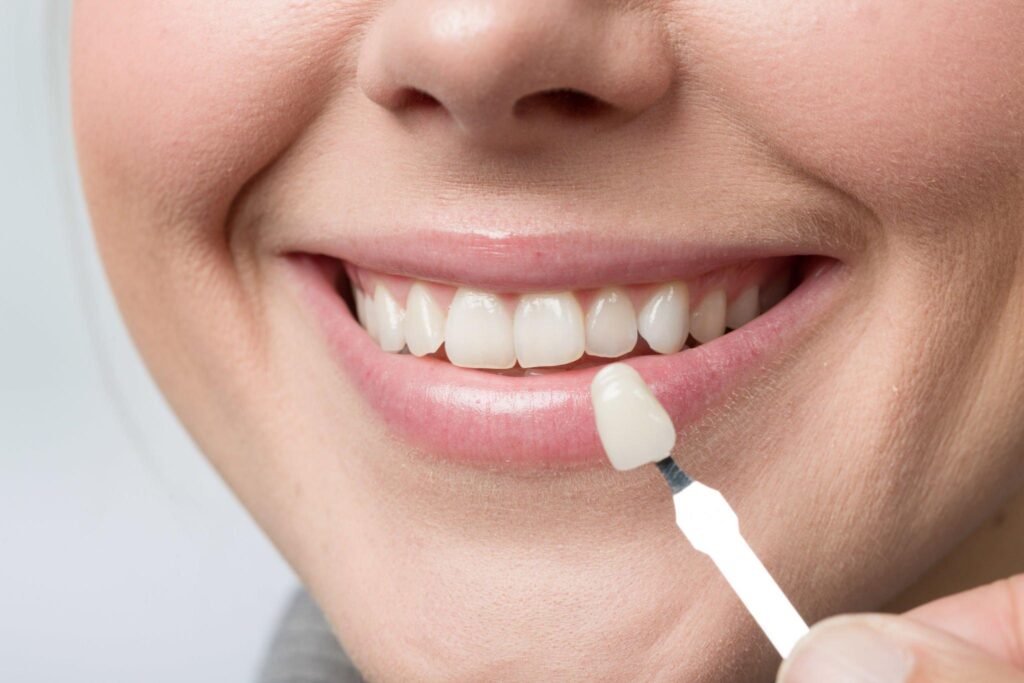
When it comes to enhancing the appearance of your teeth, dental veneers are a popular cosmetic dentistry solution. These thin custom-made shells are designed to cover the front surface of your teeth, instantly transforming their appearance. There are different types of veneers available, each with its own unique characteristics.
Porcelain veneers are the most common type used in dental procedures. They are crafted from a highly durable ceramic material, meticulously designed to match the natural color of your teeth. These veneers require a minimal amount of tooth preparation, typically involving the removal of a thin layer of enamel.
Composite resin veneers are another option to consider. These veneers are made from a tooth-colored filling material, directly applied to the teeth. They can be sculpted and shaped to create a natural-looking smile. Composite veneers usually require less tooth preparation than porcelain veneers, making them a more conservative option.
Traditional veneers, whether porcelain or composite resin, may involve more aggressive tooth preparation to achieve the desired cosmetic result. However, advancements in dentistry have led to the development of “no-prep” veneers. These veneers involve minimal alteration of the tooth structure, making them an attractive option for patients seeking a conservative approach.
Consult with your cosmetic dentist to determine the most suitable type of veneers for your specific dental needs. They can evaluate your oral health, tooth position, and desired cosmetic improvements to recommend the best course of treatment. Whether you choose porcelain, composite resin, traditional, or no-prep veneers, you can achieve a beautiful smile and boost your confidence with the help of these cosmetic restorations.
An impression of your tooth
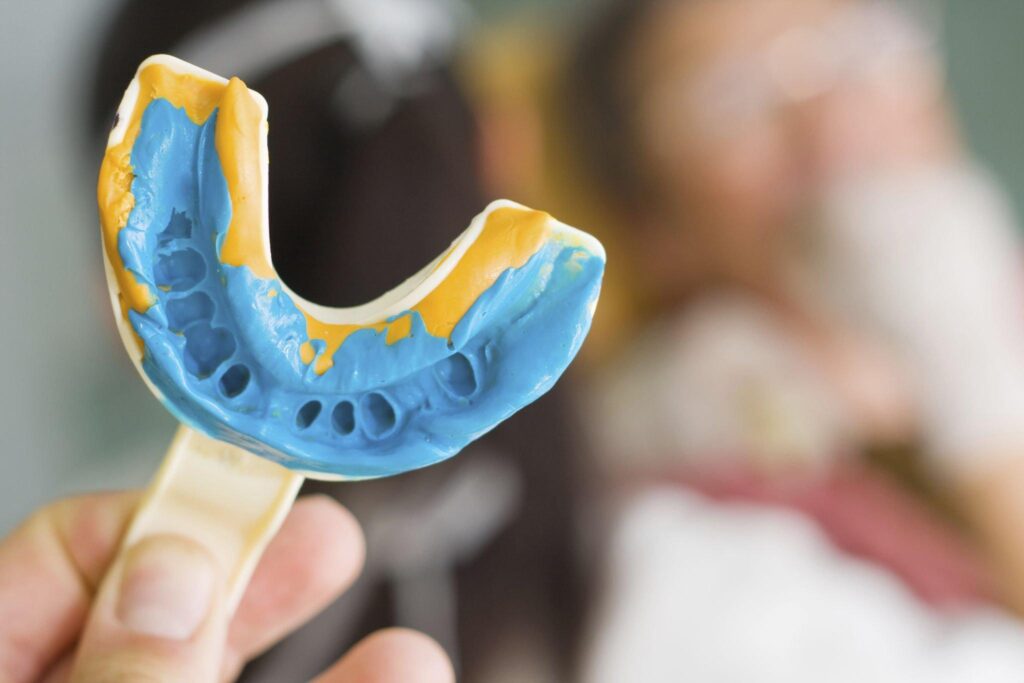
When getting dental veneers, one crucial step is obtaining an impression of your tooth. This process involves creating a three-dimensional layout of the tooth’s shape, size, and curvature.
An impression is taken by using a specialized dental putty or digital scanning technology to capture the exact details of your tooth. This impression is then used by the dental laboratory to produce a veneer that will perfectly fit over your tooth.
The accuracy of the impression is of utmost importance as it ensures that the veneer will not only enhance the appearance of your tooth but also provide optimal functionality. Any discrepancies in the impression can result in an ill-fitting veneer, compromising the desired cosmetic result.
In addition to creating the permanent veneer, the impression is also used to fabricate a temporary cover for the tooth. This temporary veneer serves as a protective layer while your permanent veneer is being customized in the dental laboratory. It helps maintain the aesthetics and prevents sensitivity or discomfort in the tooth.
By obtaining a detailed impression of your tooth, your dentist ensures that the veneer will be precisely crafted to match the natural contours and characteristics of your tooth, resulting in a seamless and beautiful smile transformation.
Trimming the tooth
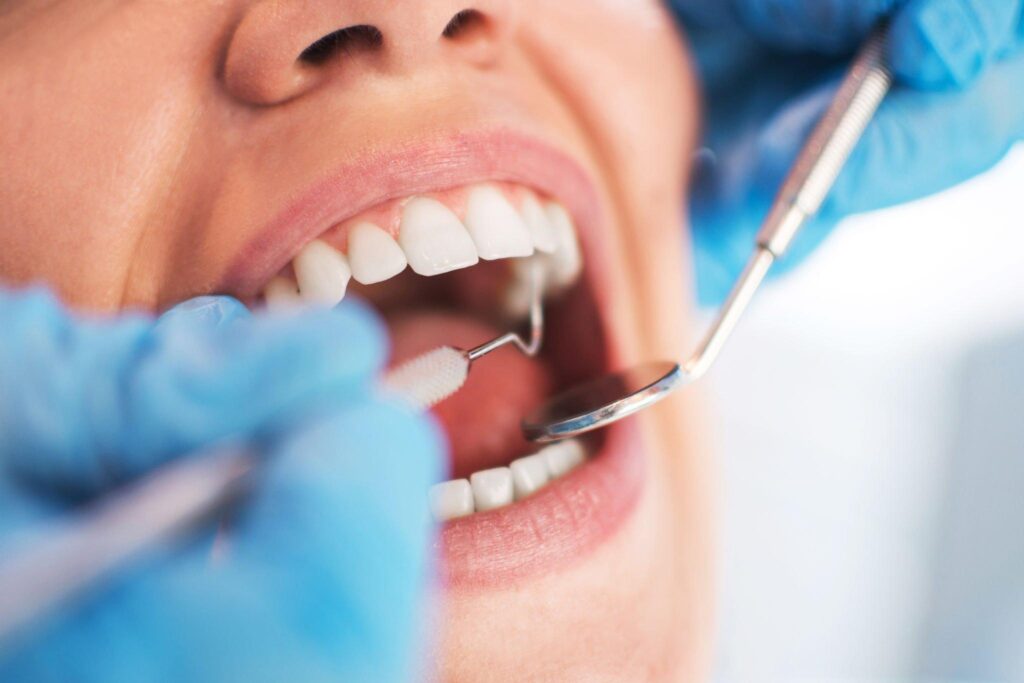
When preparing a tooth for porcelain veneers, a process known as trimming the tooth is performed. This involves the removal of a small amount of enamel from the front part of the tooth to create space for the veneer. The amount of enamel removed is typically around 0.3 to 0.5 mm.
During this procedure, the dentist may use a local anesthetic to ensure your comfort. However, it is important to note that not all patients require anesthesia for this step. The dentist will assess your individual situation and determine whether anesthesia is necessary.
The purpose of trimming the tooth is to provide enough space for the veneer to be bonded securely onto the tooth surface. By removing a thin layer of enamel, the tooth structure is slightly altered, allowing the veneer to fit naturally and achieve the desired aesthetic result.
Although enamel removal is necessary for porcelain veneers, it is important to remember that the amount removed is minimal and only affects the front surface of the tooth. The remaining tooth structure remains intact, ensuring the long-term health and strength of the tooth.
Overall, trimming the tooth is a crucial step in the process of getting porcelain veneers. It allows for proper veneer placement, creating a natural-looking smile transformation. Your dentist will carefully assess your case and provide personalized recommendations to ensure the best outcomes for your dental treatment.
The veneer is then applied
Once the tooth has been prepped, the next step in the dental veneer procedure is to apply the actual veneer. The veneer, which can be made from materials like porcelain or composite, is custom-made to match the shape, size, and color of your natural teeth.
The dentist will carefully place the veneer onto the prepared tooth surface, ensuring a proper fit and alignment with the surrounding teeth. The veneer is then bonded to the tooth using a special dental adhesive or cement. To ensure a strong and durable bond, a special light may be used to cure the adhesive, hardening it almost instantly. Once the veneer is securely in place, the dentist will carefully check the bite and make any necessary adjustments to ensure a comfortable and functional fit.
Finally, the veneer is polished to give it a natural and esthetically pleasing appearance. The end result is a beautiful smile transformation, with the veneer providing a durable and long-lasting solution for teeth that were previously discolored, misaligned, chipped, or otherwise imperfect.
What Are the Best Veneers Made Of?
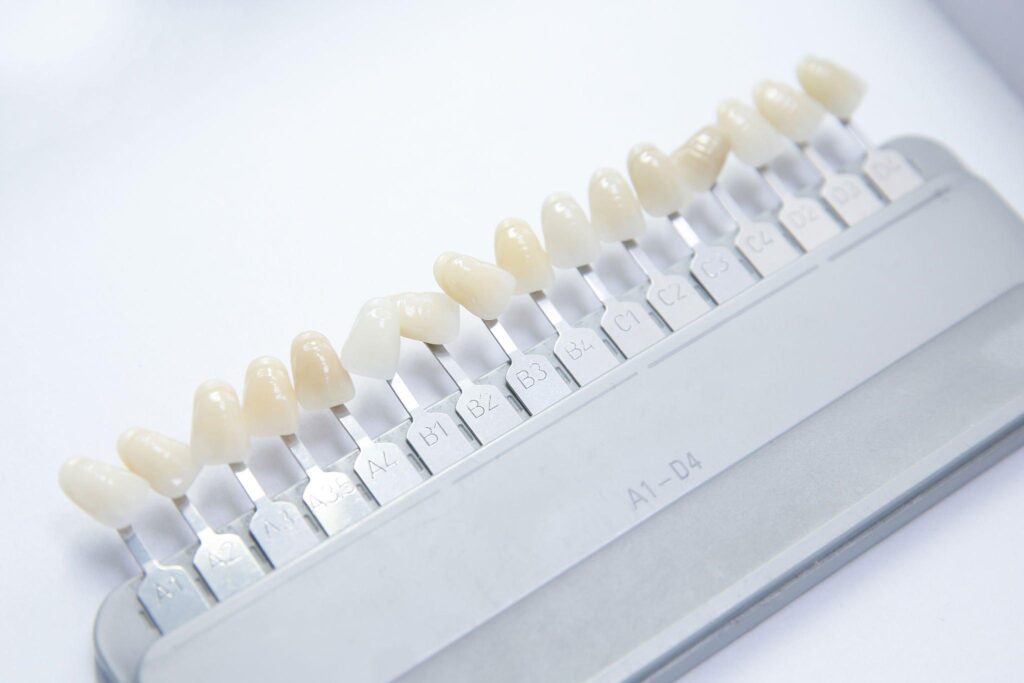
When it comes to dental veneers, the material used can greatly impact their appearance, durability, and cost. One of the best materials for veneers is ceramic, known for its lifelike appearance and superior strength.
To create the best veneers, solid blocks of ceramic materials are used in conjunction with state-of-the-art CAD/CAM (computer-aided design and computer-aided manufacturing) technology. This combination allows for precise customization and crafting of veneers that closely resemble natural teeth, both in shape and color.
Ceramic veneers offer several advantages. They are highly resistant to staining and discoloration, ensuring a long-lasting, beautiful smile. Additionally, their strength and durability make them a viable option for individuals with dental issues such as misaligned or discolored teeth. With proper care and oral hygiene, ceramic veneers can last 15 to 20 years or even longer, making them a cost-effective choice in the long run.
When considering veneers, it’s important to consult with a skilled cosmetic dentist who can assess your individual needs and determine the best course of action. By using the latest dental technology and high-quality materials like ceramic, you can achieve a natural-looking, flawless smile that lasts for years to come.
Veneer Preparation Techniques
Veneer preparation techniques play a crucial role in ensuring the success and longevity of dental veneers. One important aspect is tooth reduction, which involves the removal of a small layer of enamel to accommodate the thickness of the veneer. This step is essential to ensure a proper fit and natural appearance of the veneer.
The amount of tooth reduction required varies depending on the specific case and the material used for the veneers. While traditional porcelain veneers may require more substantial tooth reduction, advances in technology now allow for minimal preparation veneers, where only a minimal amount of enamel is removed. This preserves more of the natural tooth structure and reduces the invasiveness of the procedure.
Minimum thickness requirements for different veneer materials also need to be considered during the preparation process. Ceramic veneer restorations, for example, typically require a minimum thickness to ensure optimal strength and durability.
Smooth prep edges are another important aspect of veneer preparation. Smooth edges reduce the stresses on the final restoration, resulting in enhanced longevity and better aesthetics. Additionally, advancements in digital scanning technology enable accurate recording of teeth prepared for veneers, allowing for precise customization and a more predictable outcome.
In summary, veneer preparation techniques, including proper tooth reduction, consideration of minimum thickness requirements, and the achievement of smooth prep edges, are essential for successful ceramic veneer restorations. These techniques, combined with digital scanning technology, offer improved accuracy and long-lasting results.
FAQ:
How does the dentist prepare your teeth for veneers?
The dentist will begin by taking an impression of your teeth to create a model that can be used for planning and fabrication. They may also take x-rays or other imaging of your mouth to assess the condition of your teeth and gums. The dentist will then discuss with you the best options for veneer material, size, and shape.
How do you prepare a porcelain veneer for teeth?
Once the right veneer material, size, and shape have been determined, the dentist will carefully remove a thin layer of enamel from your teeth to make room for the veneers. The amount removed depends on the thickness of the material used. This process is known as tooth reduction and is essential to ensure a proper fit and natural appearance for the final restoration.
Do they grind your teeth for porcelain veneers?
Yes, teeth grinding is often necessary for porcelain veneers. This process, also known as tooth reduction, involves the removal of a small layer of enamel from the surface of the tooth to make room for the veneer. The amount removed depends on the thickness of the material used and must be done carefully to ensure a proper fit and natural appearance. In addition to reducing enamel, the dentist will also work to create smooth edges on the teeth to reduce the stresses on the final restoration.
Is it painful to get veneers?
No, getting veneers is not usually painful as the procedure is typically done with local anesthesia. The preparation process involves removing a thin layer of enamel from the surface of your teeth to make room for the veneer. This can cause some discomfort during and after the treatment but should not be too painful. The dentist will also be sure to create smooth prep edges on your teeth, which may cause some sensitivity. After the procedure, your dentist will provide instructions for post-operative care and pain management.
How long is the prep for veneers?
The amount of time required for the preparation of veneers depends on a number of factors, such as the type of material used and the complexity of the case. Generally speaking, however, it takes approximately one to two hours to complete the preparation process. During this time, your dentist will carefully remove a thin layer of enamel from your teeth and shape the teeth into smooth edges that are designed to reduce the stresses on the final restoration. Digital scanning technology may also be used to ensure accuracy and a more predictable outcome.
Can you go back to normal teeth after veneers?
Veneers are typically meant to be a long-term treatment and cannot be removed or reversed. However, if the veneers become damaged or discolored, they can be replaced with new ones. In addition, oral hygiene habits such as brushing, flossing, and regular visits to the dentist are recommended to keep your teeth healthy and prevent further damage.
What happens to teeth under veneers?
When a veneer is placed on a tooth, the dentist prepares the tooth by removing a thin layer of enamel. This process is necessary to accommodate the size and shape of the new restoration. The amount removed is dependent on the material used for the veneer, as well as any other factors that may influence its fit and function.
Do they cut gums for veneers?
No, the gums are not usually cut during the veneer preparation process. Instead, the dentist will carefully remove a thin layer of enamel from the tooth to make room for restoration. This process is known as tooth reduction and is essential to ensure a proper fit and natural appearance for the final product. In addition, the dentist may also shape and contour the edges of your teeth.
How long do veneers last?
The lifespan of your veneers largely depends on the quality of the materials used and the amount of care taken to maintain them. Proper oral hygiene habits such as brushing, flossing, and regular visits to the dentist are essential to maximize their longevity. With proper care and maintenance, porcelain veneers can last for up to 10 years or more.




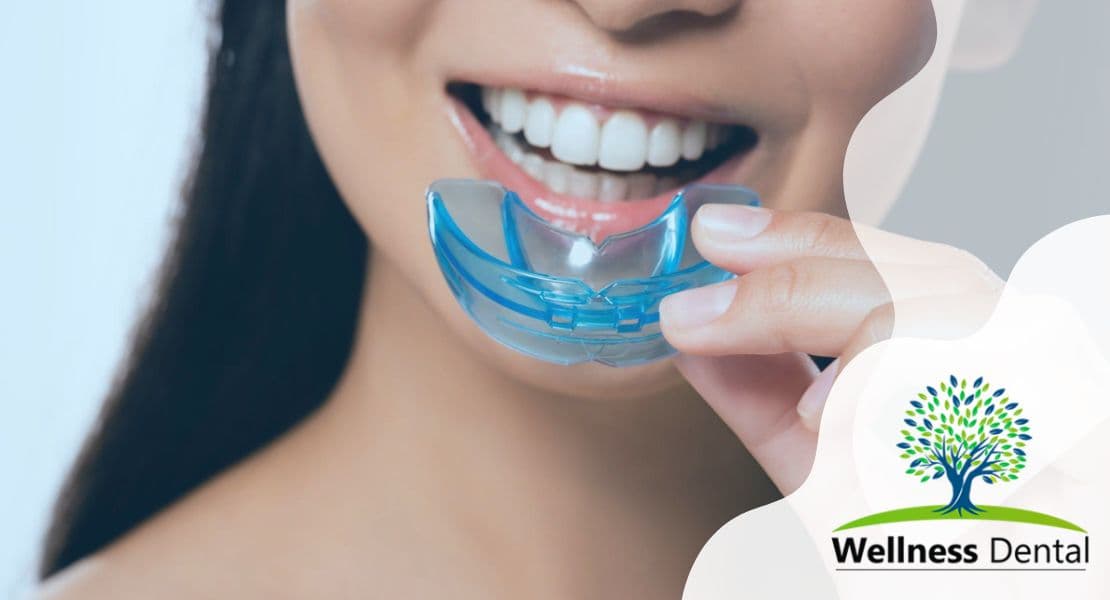


Thanks for the post!